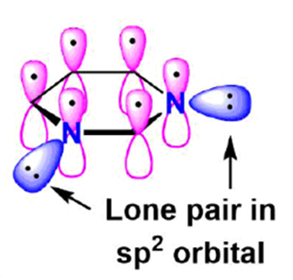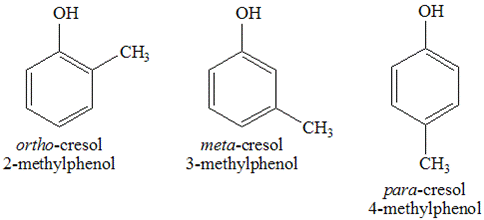21921-76-6
4-Bromo-2-furaldehyde
- 4-Bromo-2-furaldehyde
- 21921-76-6
- 4-bromofuran-2-carbaldehyde
- 4-Bromofurfural
- 4-Bromo-2-formylfuran
Get a free no-obligation quote
We typically respond within 30 minutes during business hours!
Related Article(s)
Bromophenols: types and applicationsJun 4, 2023

Bromophenols are the products obtained from the halogenation of phenol by electrophilic bromine. It is a powder that can range in colour from tan to orange, and it is used as an indicator of acid and base.
Bromides: History, sources, types, applications and hazards Aug 10, 2022

Bromine is located in the periodic table's halogens group, and its negatively charged form (Br) is an ion known as a bromide ion. Bromides that are colourless and have a wide range of uses, including anticonvulsants, flame retardants, and cell stains.
Aromatic Heterocycles: Introduction, classification and applicationsJul 20, 2022

An aromatic heterocycle is a type of cyclic compound that has more than just carbon in it. Most heterocyclic molecules have carbon and other elements like nitrogen, oxygen, or sulphur in their structure.
Methylphenol: Common isomers, structure, synthesis, applications and natural sourcesJun 28, 2022

Methylphenol is an aromatic compound with a chemical structure represented by the formula CH3C6H4(OH). Its molar mass is 108.140 gmol and these compounds exist in both liquid and solid state.
